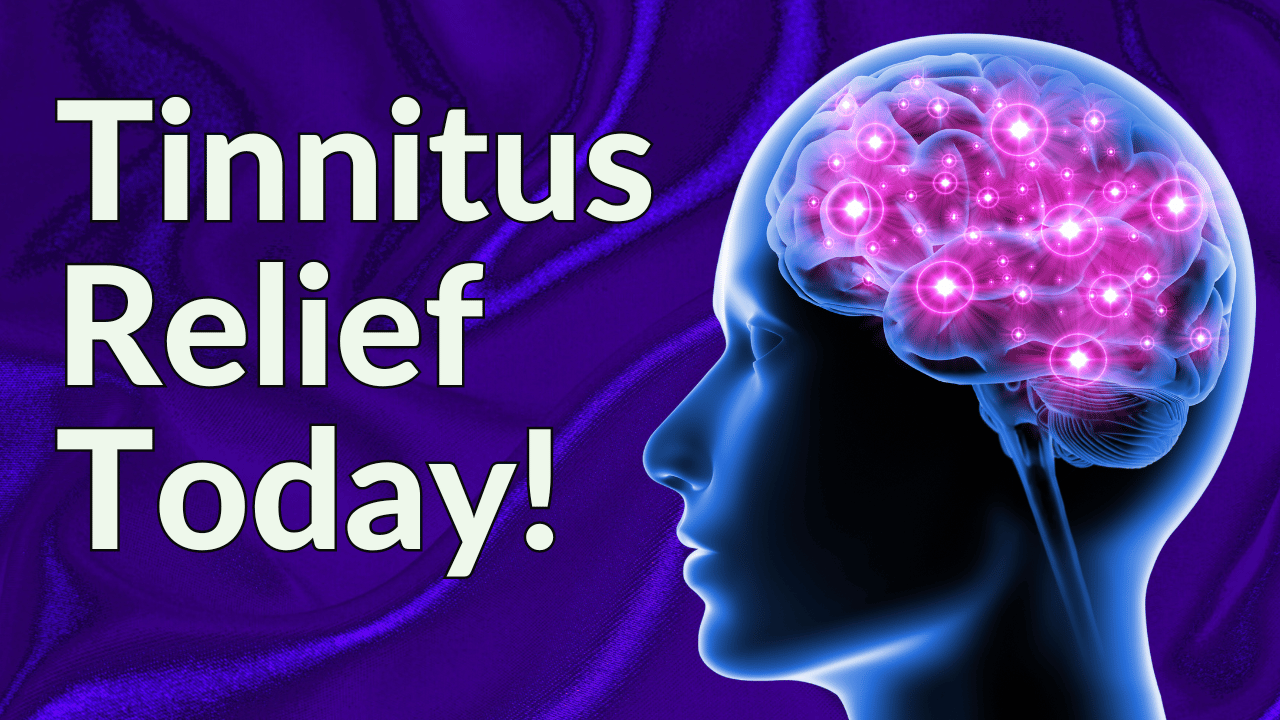How can a wristband help if there’s a ringing in my ears? This is the question most people have the first time they see/hear of Neosensory tinnitus devices. But, tinnitus isn’t as straightforward as many people think.
Hearing loss is one of the first things healthcare professionals check for when their patients complain about buzzing or ringing sounds in their ears. The most common treatment approaches for hearing loss-related tinnitus are hearing aids, cochlear implants, and in more severe cases, surgical intervention. But, this isn’t the case for every tinnitus patient.
"As a recent graduate who’s achieved stage four habituation, I cannot thank Treble Health enough for getting me to the finish line."


"As a recent graduate who’s achieved stage four habituation, I cannot thank Treble Health enough for getting me to the finish line."
– Louis
Book a free consultation to learn which Treble Health solution is right for you. Join Louis and thousands more who have found lasting tinnitus relief.
Audiologists approach tinnitus patients on a case-by-case basis. So, what works for one tinnitus patient may not for another. As the experts in tinnitus research discover more about the source of these phantom sounds, new medical devices emerge with bold claims about their tinnitus potential.
The Neosensory Duo has been making waves in the tinnitus community with strong assertions about its efficacy. Can this device really reduce your tinnitus? Is it worth the investment? More importantly, how does it stack up to other tinnitus treatments?
What Is The Neosensory Duo?
The world was first introduced to Neosensory technology in 2015 by David Eagleman during his thought-provoking TEDTalk. Back then, it was a general sensory substitution device called the Vest, but was later introduced as the Neosensory wristband. These sleek, wearables resemble Fitbits, and unlike other devices for improving hearing experience, they’re pretty discreet.
There are three types of Neosensory wearables: The Clarify (for hearing loss), The Duo (for tinnitus), and The Sound Awareness (for deafness). These devices use bimodal stimulation, but unlike similar devices of the past which utilize tongue stimulation, these devices use four vibratory motors located on the wrist to deliver over 29,000 unique vibration patterns. In this review, we’ll focus on the Neosensory Duo for tinnitus.



Treatment On-The-Go
The first thing you should remember is that this approach isn’t meant to cure tinnitus. Instead, it’s meant to retrain the brain to reduce tinnitus symptoms. The Neosensory device is unique because it’s not worn on or near the ears, yet patients can receive on-the-go treatment.
According to the user manual, the Neosensory Duo device is worn for 10 minutes a day, and users should expect results in as little as 8 weeks. The wristband device features a power button that doubles as a reset button, as well as + and – buttons for increasing and decreasing microphone sensitivity (based on background noise). Users are required to download the Neosensory app (Buzz) and find a quiet location to listen to calibrated tones that are played from their phone’s speaker or hearing aid.



Anyone can buy a Neosensory Duo wristband, but it’s always a better idea to get a hearing test and medical workup done beforehand. Your audiologist can review these results and use them to help identify any potential causes of tinnitus.
Though pricey, it’s one of the more affordable tinnitus devices on the market today, starting at $249/month, with a 2-month trial period, and the option to “own the wristband forever” after the 4-month mark. However, it’s not covered by all insurance providers.
Maintenance and Care
Taking care of the Neosensory Duo is simple. All Neosensory devices are water-resistant, not water-proof. So, getting caught in the rain won’t damage your device, but don’t go swimming or shower with your wristband. Clean with a damp cloth or wet wipe, but not soap.
Charging the Neosensory Duo device only takes about 30-40 minutes, and the battery can last for up to 24 hours on a single charge (depending on usage).
So, Does It Work?
Neosensory claims their device helped 91% of people in their studies, but in our experience, that’s just a marketing claim. Back in 2021 and 2022, the Treble Health team used Neosensory with hundreds of our patients. Roughly half of our patients saw any real benefit, and these were often people who just started experiencing tinnitus. This is called acute tinnitus, where the ringing in the ear lasts weeks and usually resolves on its own. Does this mean the Neosensory device helped these patients, or did the tinnitus go away on its own? It’s hard to say.
The 91% rate actually comes from a 2023 study. The first group consisted of 22 participants who used the wristbands and hearing tones, while the second consisted of 23 participants who were only exposed to the hearing tones. However, studies of this small size may not be accurate and may not represent the actual statistics of a large group size. Therefore, it may not represent the success rate of the general population.



Furthermore, the study did not account for the placebo effect, a common phenomenon in tinnitus treatment, particularly during the first few months of treatment. To date, there have been no studies to address the longevity of these results, or their potential use on patients with chronic tinnitus (tinnitus lasting more than three months)
Despite these concerns, Neosensory offers some advantages. The treatment does not cover the ears, allowing for a more comfortable experience, and the devices are quite discreet. However, they may respond to background noises, requiring adjustments to the microphone’s sensitivity, which can be cumbersome. The Neosensory Duo might not be suitable for individuals with hyperacusis due to the use of tones that could exacerbate their condition. Although the device is costly, priced around $1,000, it does come with a 30-day money-back guarantee, and there is an option to rent the device, providing a financially flexible approach for those interested in trying it out.
Are There Any Better Options?
Treating tinnitus often includes a comprehensive approach. The most efficient approach is often a combination of sound therapy devices and Tinnitus Retraining Therapy (TRT). Our top picks for bimodal stimulation devices backed by science are Neuromod’s Lenire or Dr. Susan Shore’s device.
Lenire by Neuromod
Lenire is one of the few FDA-approved devices for tinnitus in the United States. It has already proven itself useful particularly when used in combination with other established tinnitus treatments. This device can only be acquired with the help of your audiologist, who will also advise you on its potential for tinnitus relief.
Dr. Susan Shore’s Device
Dr. Susan Shore is a world-renowned leader in tinnitus research whose contributions to the field will continue to further treatment potential. With the help of her team at the University of Michigan’s Kresge Hearing Research Institute, she introduced the Michigan Tinnitus Device, a product slated for FDA review in 2024.
Both devices show great promise, and the team at Treble Health is always on the lookout for science-based treatments that work. Neosensory might not be the magic-bullet for tinnitus as many are led to believe, but with time, your audiologist can help you find the tinnitus relief you truly need!
The Treble Health Team Can Help You Find Lasting Tinnitus Relief
At Treble Health, our audiologists have a deep understanding of tinnitus, and have helped thousands of patients find lasting relief. Our team is here to help, offering expert guidance and support tailored to your specific condition. If you have been looking for a way to reduce your tinnitus and regain your quality of life, we encourage you to schedule a complimentary telehealth consultation with an audiologist on our team.
By scheduling a complimentary telehealth consultation, you are taking a vital step towards understanding and managing your tinnitus. In this 20-minute Zoom session, our team will provide personalized recommendations, answer your questions, and help you navigate the complexities of tinnitus. We are committed to helping you find relief and improve your quality of life. Click here to book your free consultation and start your journey to a quieter, more comfortable life.
Next Step: Book Free Consultation
- 75% of patients reduced their tinnitus within three months after following our recommendations.
- "I feel like Treble Health literally gave me my life back." - Randy S. (verified customer)
- Join thousands of people who have reduced their tinnitus after scheduling a free consultation.




















